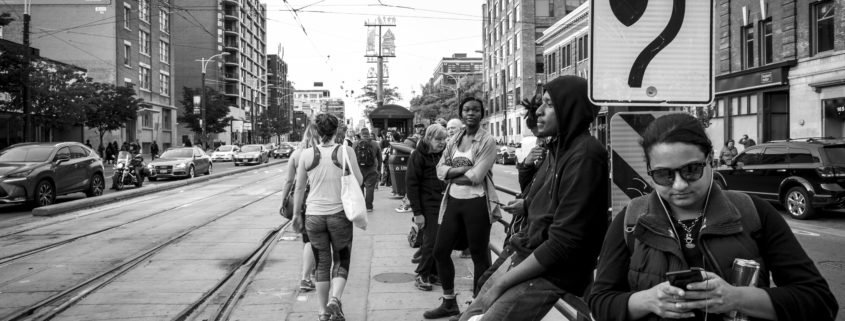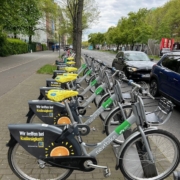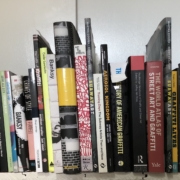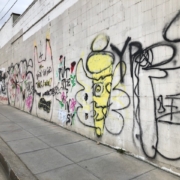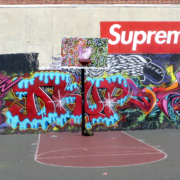Street Culture isn’t only experienced in urban centers
A common perception, often fueled by pop culture, is that street culture is only engaged in, observed, and experienced on the streets of our large cities, in particular places where low-income or working poor live. In principle this perception is justified. In reality, however, we can see, hear and/or watch (hereafter experience) street culture in a variety of settings.
To begin with, street culture can exist in nonurban locales, such as suburbs or near suburbs. Although these locations typically have lower population densities than inner cities, areas like the low-income banlieue of Paris and the Jane-Finch corridor of Toronto do not. These neighborhoods have a heavy concentration of low-income, unemployed, or working class people, including refugees, immigrants, and single family households, thus both population densities and opportunities for interpersonal conflict can be relatively high.
Additionally, street culture can be seen, watched, and represented in numerous physical environments located in various urban areas. These can include, but are not limited to bars, gyms, nightclubs, restaurants, stores, and transportation hubs, like bus, subway, and train stations. Street culture is also evident in our schools, especially the locker room or school yard where young men and women may engage in social comparison and neighborhood bullies may attempt to express their dominance. Street culture can also manifest inside our correctional facilities where in these typically hypermasculine environments, responses to norms about the street, especially who has power and who does not are played out on a daily basis.
Finally, we can experience street culture in numerous items made by our cultural industries, like books, movies, and television shows, episodes and series, that pervade our daily lives. In fact, so much that interests and engages the public are songs and fashions that have their origins on the street. A considerable amount of street wear and street style (e.g., brands like Supreme), for example, use the imagery and iconography of street culture in their messaging with the hopes that consumers will purchase their garments.
The more interesting question is not where and when does street culture exist, but how does street culture change when it enters different environments, and how do people adopt various aspects of street culture, and interact with others, inside these structures? For example, a homeless person who is trying to get out of the cold or rain may seek temporary shelter in a bus or a train station until a security guard or police officer instructs them to leave, or more typically chases them away. In the context of the transportation hubs, that homeless person may consciously or unconsciously subtly change their behavior in order to navigate the rough waters and give themselves a few moments of peace from the elements outside. Although this may be a result of socialization, or scripts, this behavioral accommodation is frequently referred to as “passing” or “code switching.”
Street culture is relatively pervasive, and here to stay. It’s not going away or being replaced by digital culture, and despite the COVID-19 global pandemic a stay at home culture. That’s why, at the very least, we need to understand its various types, locations, how it is presented to us, how it changes, and how it is used.
Photo credit
Photographer: nhatnguyen
Title: Chinatown Photo Essay

